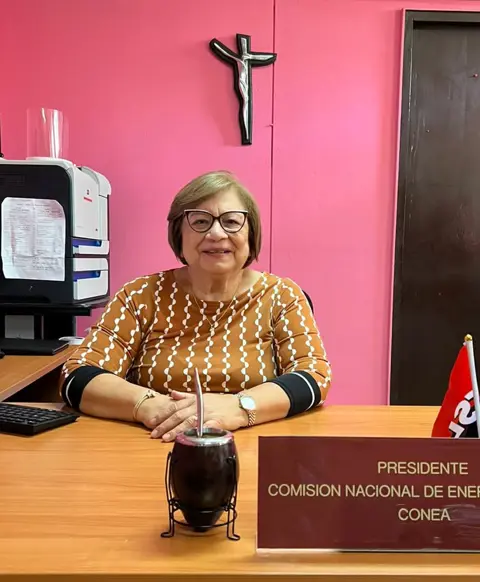
PHARMACOVIGILANCE IS A FUNDAMENTAL ACTIVITY to understand the safety of medicines and other medical supplies and promote their rational use. For Nicaragua the major step forward came in 2011, with Regulation N°.063 “Pharmacovigilance standard and guide for the reporting of suspected adverse drug reactions”. The Ministry of Health (MINSA) then began the implementation of a nationwide pharmacovigilance programme, along the same lines as notifiable diseases.
Since the publication of Regulation N°.063 and its dissemination via MINSA's website, the number of notifications has been increasing. Another achievement has been involvement in the FACEDRA* initiative, a programme that contributes to the agile and timely detection of adverse effects of medicines used by Central American citizens. Member states are part of FACEDRA’s online notification platform within the framework of the collaboration between Central American ministers of health SE-COMISCA** and the national Spanish medicines agency, for consolidation of regional pharmacovigilance and the strengthening of national pharmacovigilance programmes.
NICARAGUA JOINED THE WHO PROGRAMME for International Drug Monitoring as an associate member in 2019, and began submitting individual case safety reports to VigiBase. A year later it was recognised as a full member, being the 139th country to join the global network. The country has also been making great advances in drug monitoring and striving to ensure that patients' lives are protected once the drugs are on the market. Being a member of this programme provides the country with reliable, real-time pharmacovigilance information, a fundamental step in minimising risk and guaranteeing drug safety.

NICARAGUA IS MAKING GREAT ADVANCES in drug safety issues. In 2020 it completed the development of international guidelines, leading to the creation of the national pharmacovigilance system, and establishing pharmacovigilance focal points throughout the country with the objective of contributing to public health by verifying and promoting the safe use of medicines. At the same time, regulation of the public and private sector, but also the pharmaceutical industry in aspects of drug safety has been initiated.

"The more we spread the word about pharmacovigilance, the more people will be aware of it, and even more important, they will be aware of reporting adverse reactions and help to avoid the misuse of drugs. At the end what we are looking for is that pharmacovigilance becomes routine for the population."
ONE OF THE ONGOING CHALLENGES is the reporting of ADRs from health facilities; however, the national pharmacovigilance centre seeks to sensitise health personnel and convey the message about the importance of reporting all adverse events encountered.
Another challenge is to strengthen international networks through participation in the national HIV and tuberculosis programmes, and in the Expanded Programme on Immunization (EPI), where pharmacovigilance is of great importance for those who take these types of drugs.
* Sistema de Farmacovigilancia Centroamericana de Reacciones Adversas a Medicamentos (Central American system of adverse reactions to medicines)
** Secretaría Ejecutiva del Consejo de Ministros de Salud de Centroamérica y República Dominicana (Executive secretariat of the council of ministries of health of central America and the Dominican Republic)




